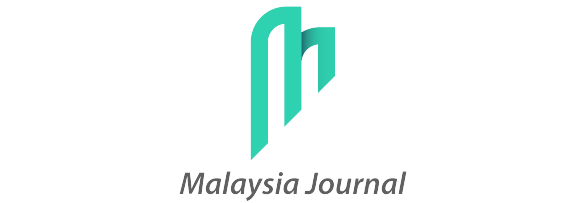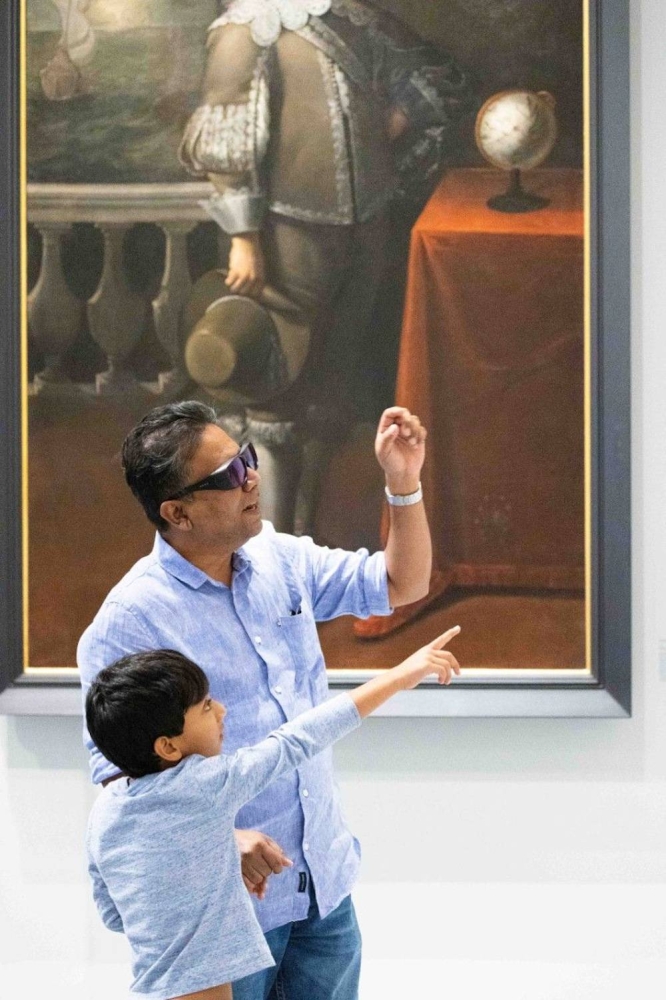The Chau Chak Wing Museum has partnered with EnChroma to offer its colo-blind visitors specially designed glasses. — Picture courtesy of the University of Sydney
Follow us on Instagram, subscribe to our Telegram channel and browser alerts for the latest news you need to know.
SYDNEY, Aug 22 — Museums are increasingly coming up with strategies to make their facilities more accessible to visitors with disabilities. A recent example is Chau Chak Wing Museum in Australia: this art institution now offers colour-blind visitors special glasses that allow them to better distinguish the paintings in front of them.
“How do paintings appear to you?” Many colour-blind invdividuals have been asked this (annoying) question. While vision condition is often simplified as an inability to distinguish between red and green, there are variations in how it affects individuals.
In Western countries, it is estimated that 8-10 per cent of men suffer from it, compared to 0.4 per cent of women. In Australia, this represents more than 1 million people. In the interest of accessibility, the Chau Chak Wing Museum at the University of Sydney has partnered with American company EnChroma to provide specially designed glasses to colour-blind visitors. These glasses allow visually impaired individuals to see colours they cannot usually distinguish.
“The accessibility of art and design is always top of mind at the Chau Chak Wing Museum and we are very pleased to be the first venue in Australia to offer this technology,” said Dr. Paul Donnelly, deputy director of the museum, in a statement. “This partnership is another important step forward in our inclusivity goals, helping people who are colour blind to experience the full wonder and vibrancy of the exhibitions we have on offer.”
Museums striving for inclusivity
The device has been available since April at the Chau Chak Wing Museum.
Many visitors with colour blindness like Tim Robinson have been able to take advantage of it, much to their delight.
“I’m a regular visitor to the Museum and know lots of the works well. But I saw many of them in a completely new way for the first time — with different colours and depth and clarity,” he said.
EnChroma has a similar partnership with the Museum of Contemporary Art in Denver, Colorado, in place since 2019 as part of its colour accessibility program. Sixteen other cultural institutions are also participating to make colour-blind glasses available to the public, according to the company’s site.
While many museums are looking to boost their accessibility programs, access to culture still remains difficult for those affected by many disabilities. Prices, crowds and accessibility of venues often prevent them from visiting cultural establishments as much as they would like, according to a recent report by France-based foundation Malakoff Humanis Handicap. An initiative like the Chau Chak Wing Museum, however, hints at a future in which museums really will be accessible to all. — ETX Studio


